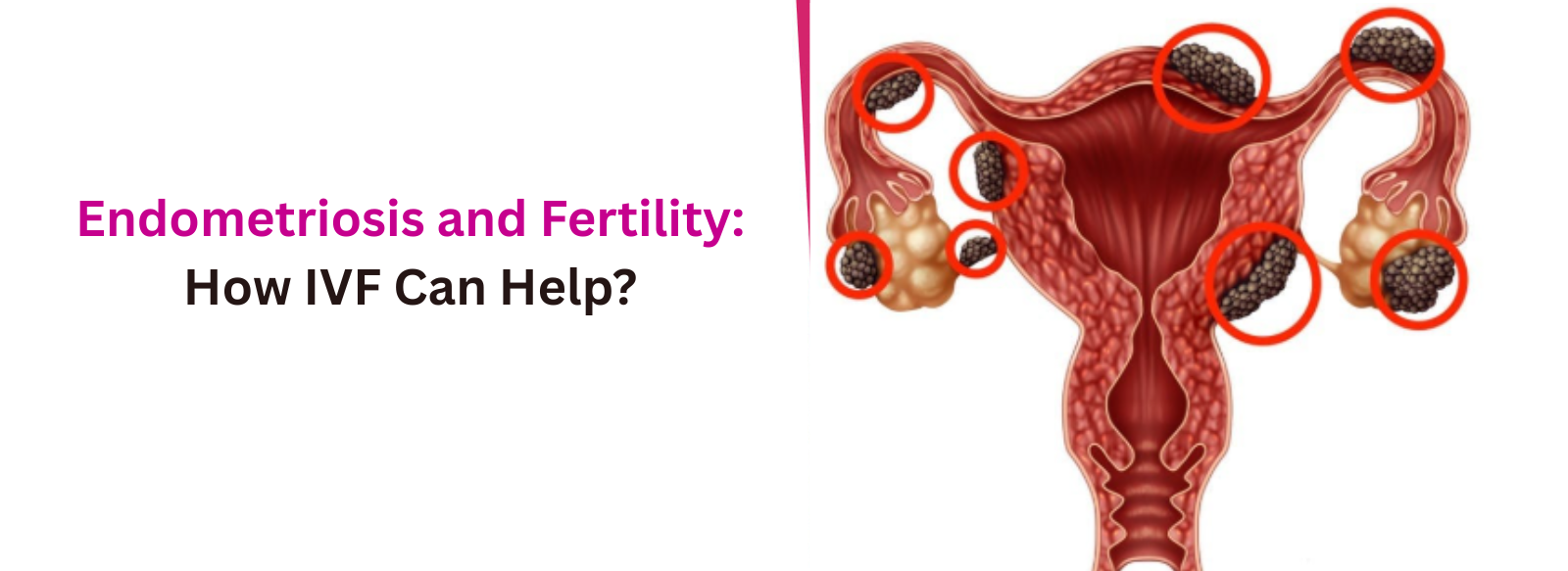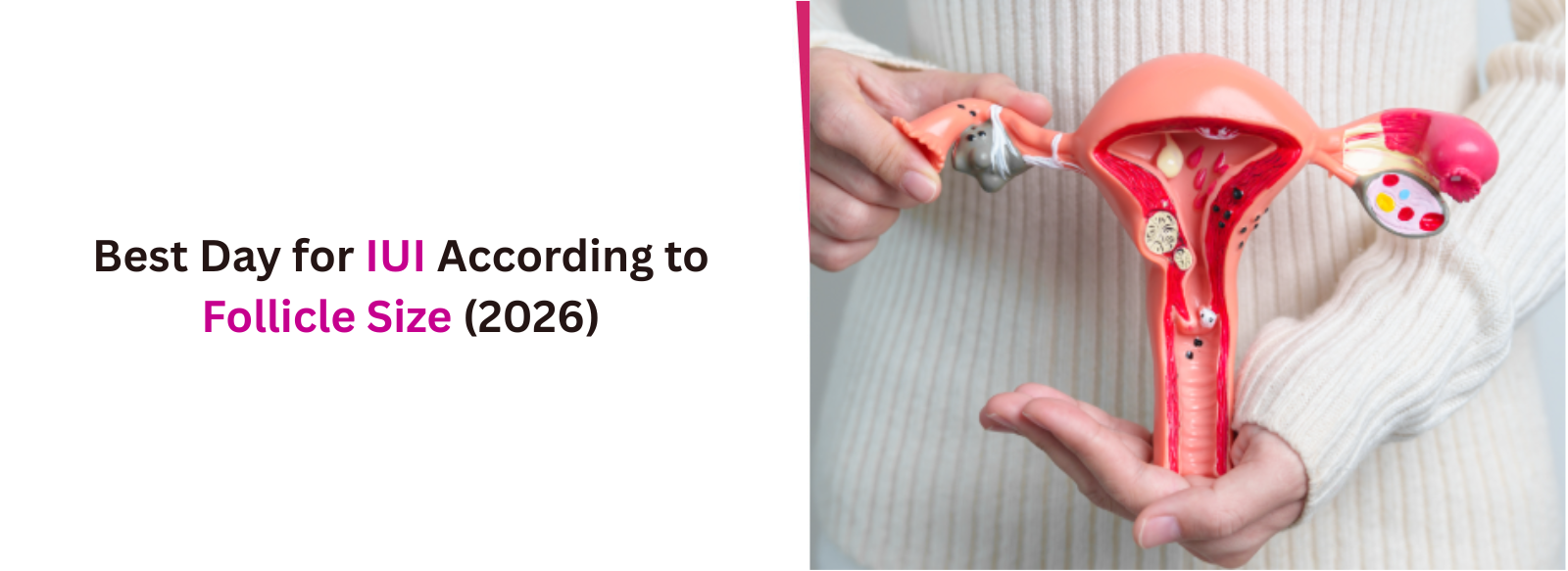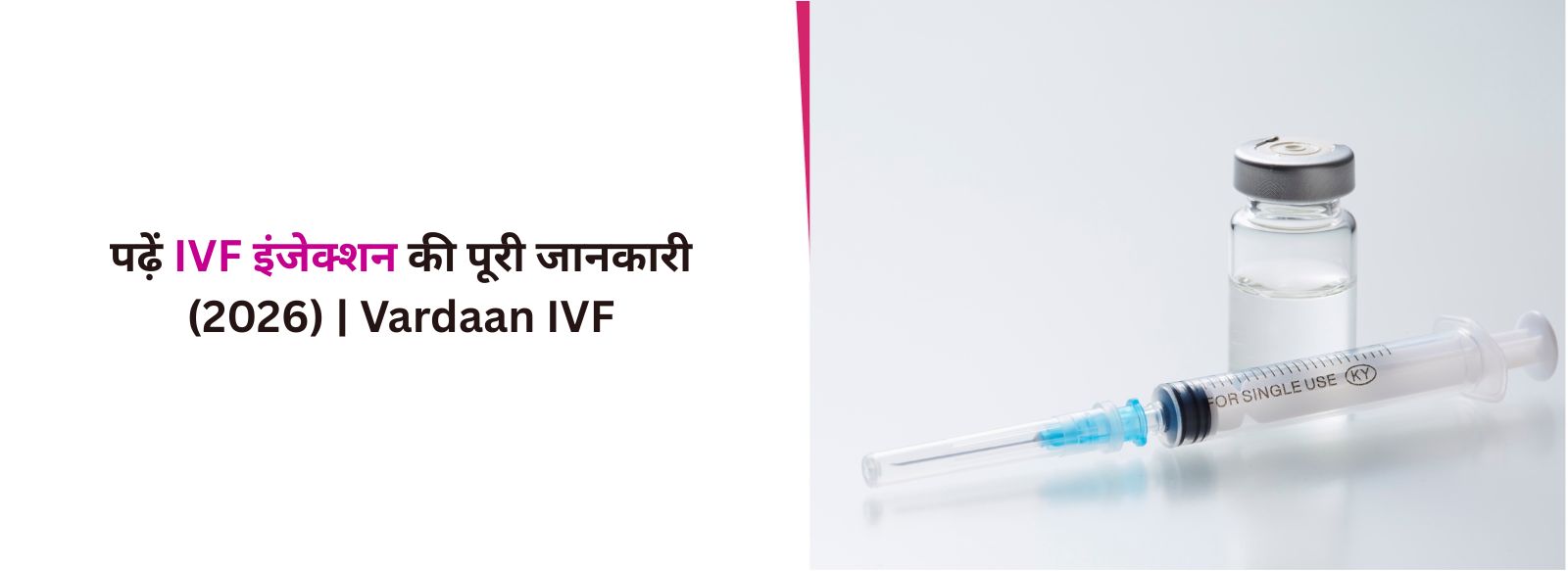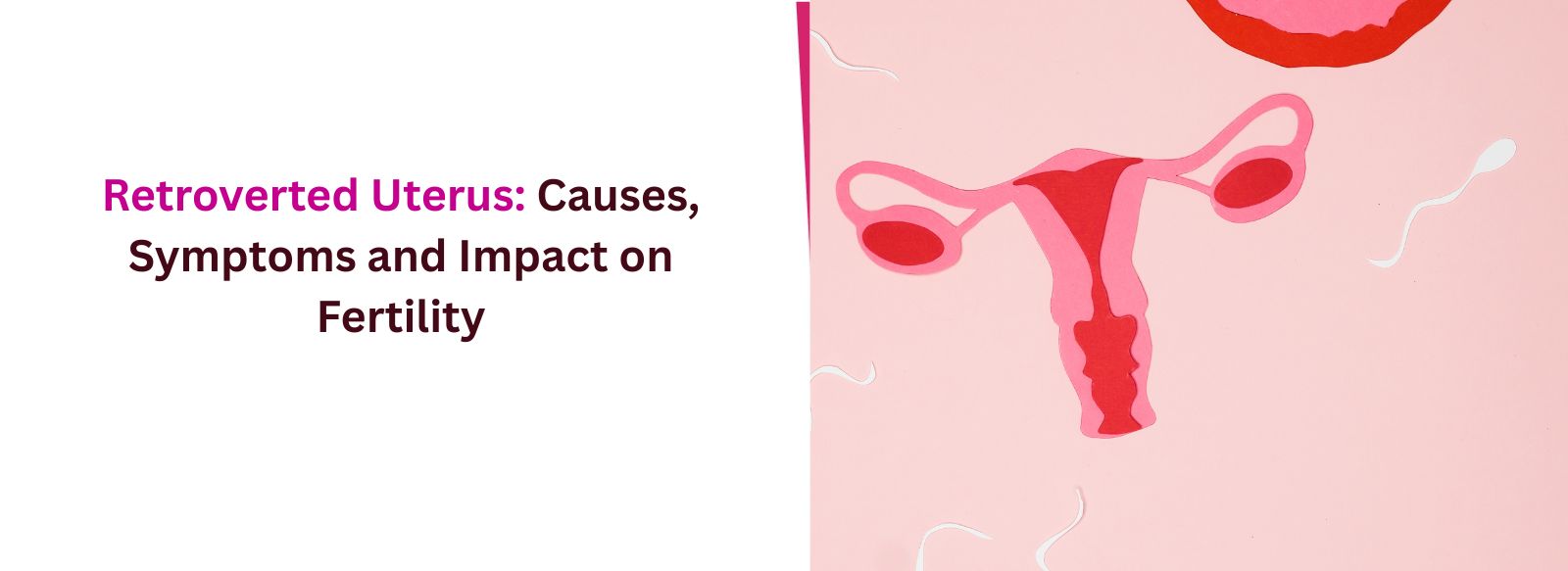What is Pelvic Inflammatory Disease (PID)?
Pelvic Inflammatory Disease (PID) is an infection of the female reproductive organs, including the uterus, fallopian tubes, and ovaries. It usually occurs when sexually transmitted infections (STIs), like chlamydia or gonorrhea, spread to the pelvic area. PID can also be caused by bacterial infections after childbirth, miscarriage, or certain medical procedures. Common symptoms of PID include lower abdominal pain, fever, abnormal vaginal discharge, and irregular menstruation. Early diagnosis and treatment are crucial because untreated PID can lead to long-term complications like infertility, chronic pelvic pain, and recurring infections. Seeking medical care early can prevent these issues.How Can I Get Tested for PID?
Getting tested early is important to avoid complications such as infertility or chronic pain. To get tested for pelvic inflammatory disease (PID), follow these steps:- Consult a Gynecologist: Start by visiting a qualified doctor who specializes in women's health. They will take a detailed medical history and ask about your symptoms, such as abdominal pain or abnormal discharge.
- Pelvic Exam: During the examination, the doctor may check for tenderness or swelling in the pelvic area, which is a common sign of PID.
- Laboratory Tests: The doctor may recommend blood tests and urine tests to check for infection. A swab of the cervix might also be taken to test for STIs like chlamydia or gonorrhea, which can cause PID.
- Ultrasound: In some cases, an ultrasound may be performed to view the pelvic organs and check for any signs of infection or damage caused by PID.
- Endometrial Biopsy or Laparoscopy: In rare cases, further tests like a biopsy or a laparoscopic procedure may be done to confirm the diagnosis, especially if other tests are inconclusive.
What are the Treatment Options for PID?
If you’ve been diagnosed with pelvic inflammatory disease (PID), it’s essential to start treatment promptly to prevent complications such as infertility or chronic pain. Let’s explore the main options available for treating PID.Antibiotics: The First Line of Treatment
The main treatment for pelvic inflammatory disease (PID) is antibiotics, which target the bacteria causing the infection. Common antibiotics prescribed include Doxycycline, Ceftriaxone, and Metronidazole. It’s important to only use these medications under the guidance of a doctor, as the wrong antibiotic or dosage may not be effective and could worsen the condition.Surgery: When is It Necessary?
In severe cases of PID, or if the infection has caused damage to the reproductive organs, surgery may be needed. This may involve removing abscesses, infected tissue, or even damaged reproductive organs to prevent further complications like infertility.Hospitalization: For Severe Cases of PID
If the infection is widespread or not responding to oral antibiotics, hospitalization may be required. Intravenous (IV) antibiotics and constant medical monitoring are used for severe PID cases, especially if there’s a risk of further complications.Pain Management and Supportive Treatments
Managing pain is an important part of PID treatment. Over-the-counter pain relievers like Ibuprofen can help ease discomfort. Doctors may also recommend rest and hydration to support recovery, along with follow-up visits to ensure the infection is fully treated.When to Seek Emergency Care for PID?
If you experience any of the following signs, it’s crucial to seek emergency medical care immediately:- Severe abdominal pain that doesn’t go away
- High fever (over 101°F or 38°C)
- Heavy vaginal bleeding or abnormal discharge
- Nausea or vomiting, especially if accompanied by pain








